When I moved to go to school I soon missed the outdoors in the way I had experienced it during my life. I was no longer able step outside and wander in the woods within a few steps of the home I had lived in. It was not until I moved to the island I am on now that I had time to find the wild again as it was much closer. Now I wander in the woods and along paths where wildflowers and nature is close to undisturbed. People here care a great deal about keeping it that way. I have had the chance to become re-aquainted to some plants which were beloved by our family here. The Maianthemum family offer up 2 of these loved plants and 1 other which is new to me. I a particularly fond of Maianthemum dilatatum( Wild Lily of the Valley)

Maianthemum dilatatum (Wild Lily of the Valley) is now is the same botanical family as the real Lily of the Valley(Convillaria majalis).
Maianthemum family has recently gone through several changes which are important to note: first it has expanded to include the species which were once known as Smilacina. The other more important thing is that Maianthemum species was moved from the Lilacae (Lily)family into the Ruscaceae family which includes Convillaria(Lily of the Valley) now. It shows the close relation of Maianthemum and Convillaria. This realignment is quite interesting botanically as it changes what we used to think of as Lilies(Lileaceae).

As a child I would pick armloads of Maianthemum racemosum (Smilacina) and give them to my mother to put in vases at home.
Around here you will most like come across Maianthemum dilatatum in the moister areas of the woodlands. I first came across it along the path that ran next to the house I lived in for many years. Not far away I found it growing with horsetail under the Rhododendron plantings at Dominion Brook Park, the contrast in textures was interesting. I was delighted to find it on my first visit to Finnerty Gardens where it is used as a lush groundcover. I now see it in many places which are shady and somewhat damp throughout the year.

This bright Rhododendron luteum is set of by the lush Maianthemum dilatatum covering the ground so completely at Finnerty Gardens.
The similarity of False Lily of theValley to Convillaria is somewhat hard to find as the leaves are so broad and the flowers are not bell-shaped. Both plants are highly fragrant and all parts are poisonous to consume in any form. Mainathemum dilatatum is found in a large area running from Northern California along the coast through Alaska on to the Russian coast south into Korea and finally into Japan. Maianthemum was named by Linnaeus most likely after M. canadense which was already known from samples collected in eastern North America.

The leaves of Wild Lily of the Valley (Maianthemum dilatatum) remind me very much of that of some Hosta cultivars with their overall shape and vein pattern of the leaves.
There are other members of the Maianthemum family which are more refined, the already mentioned M. canadense is a charming smaller version of dilatatum. Maianthemum stellatum grows here and was originally classed as a Smilacina which is seen in its foliage. It has few flowers and is delicate, I first came across it near Playfair Park at the top of Judge Place growing along a seep area.

Maianthemum stellatum is a delicate colonizing plant found in the woodland across northern areas on North America.
All the Maianthemum species I have mentioned here can be vigorous spreading plants and care must be taken when placing them in your garden so they do not overwhelm other weaker plants. The most agressive of these plants is M. dilatatum which creeps into gardens and provides a seemingly smothering coat of leaves. These plants grow by creeping rhizomes(roots) which are able to branch and spread more widely. They all like rich moisture retentive soil which does not dry out completely during hot periods. These plants prefer dappled to fairly deep shade and will go prematurely dormant if they are too exposed to overly bright, dry situations.
Maianthemum racemosum, stellatum and canadense are extremely hardy plants and take zone 3-8 (-40 c and f.). Maianthemum dilatatum tolerates probably -20 c (-4 f.). M.racemosum grows to 1-1.25 m.(4 ft.) tall and easily as wide. The other species will grow no higher than 35 cm.(15 in.) tall and an indeterminant width. M. canadense is the smallest and least vigorous growing plant and could be used in more delicate places. All these plants are highly fragrant, have good autumn coloring and make good cut flowers. All these plants fit into the woodland garden and can be used for groundcover, massing or as accents. Maianthemum racemosum is a standout plant with attractive foliage, berries and golden autumn coloring which makes it an excellent specimen for a shady garden.
Maianthemum madness:
Pacific Bulb Society listing of species: http://www.pacificbulbsociety.org/pbswiki/index.php/Maianthemum
Wiki listing of all the species http://en.wikipedia.org/wiki/Maianthemum
PNW Flowers listing of M.dilatatum: http://www.pnwflowers.com/flower/maianthemum-dilatatum
































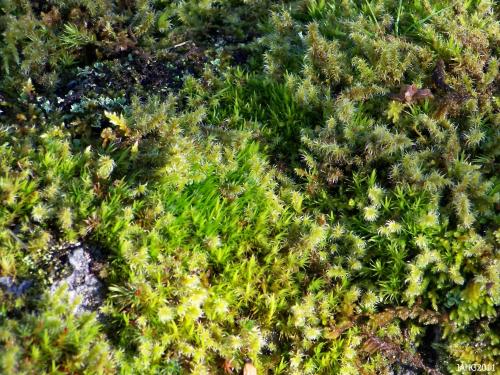
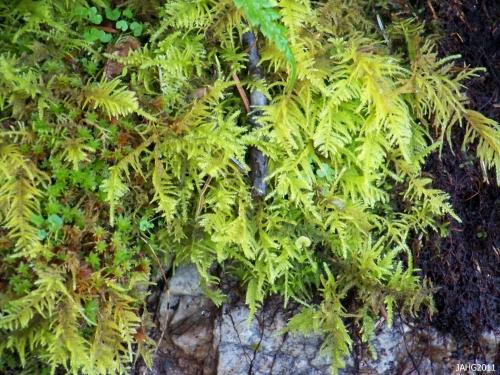
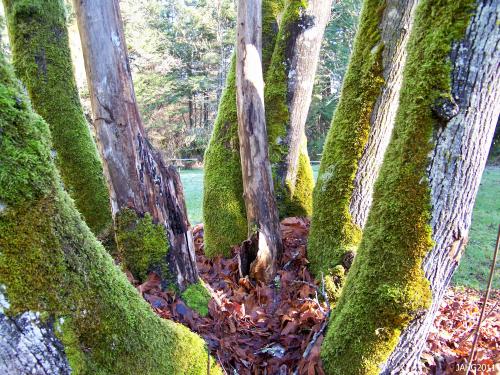
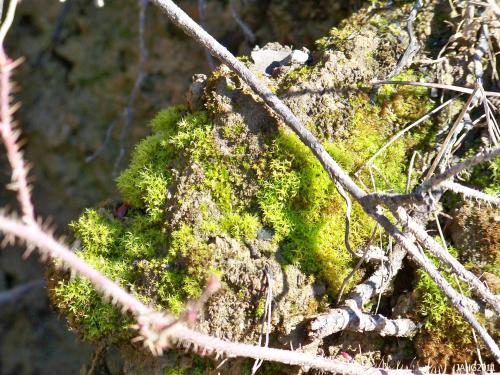
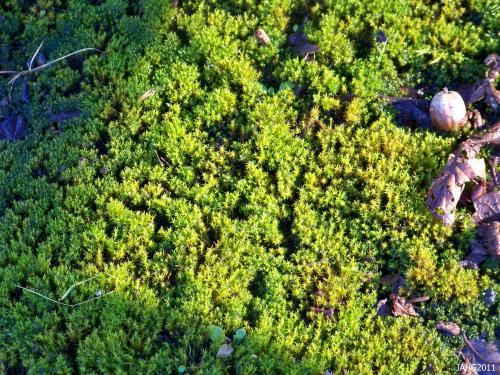
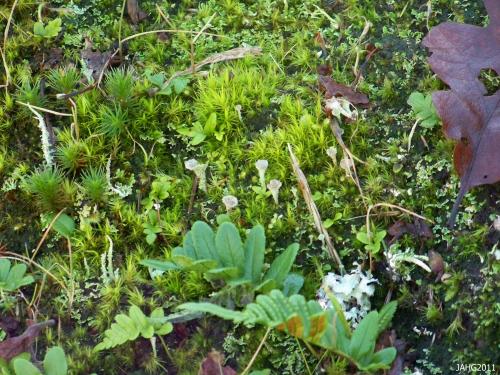
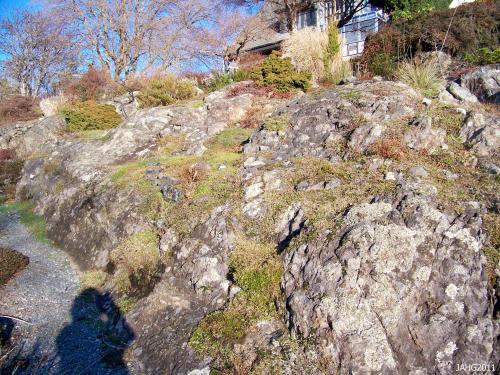










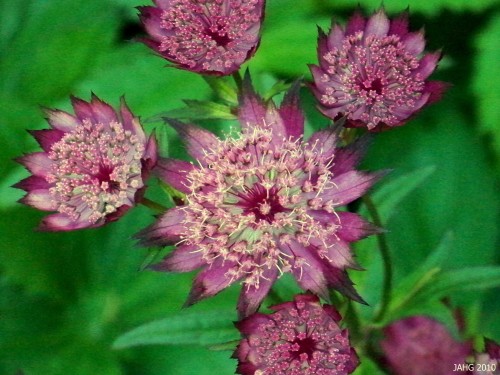
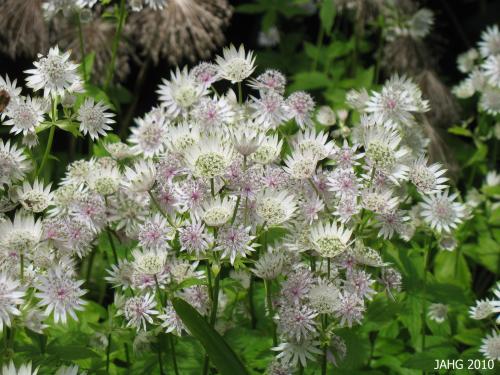









 Stumble It!
Stumble It!






